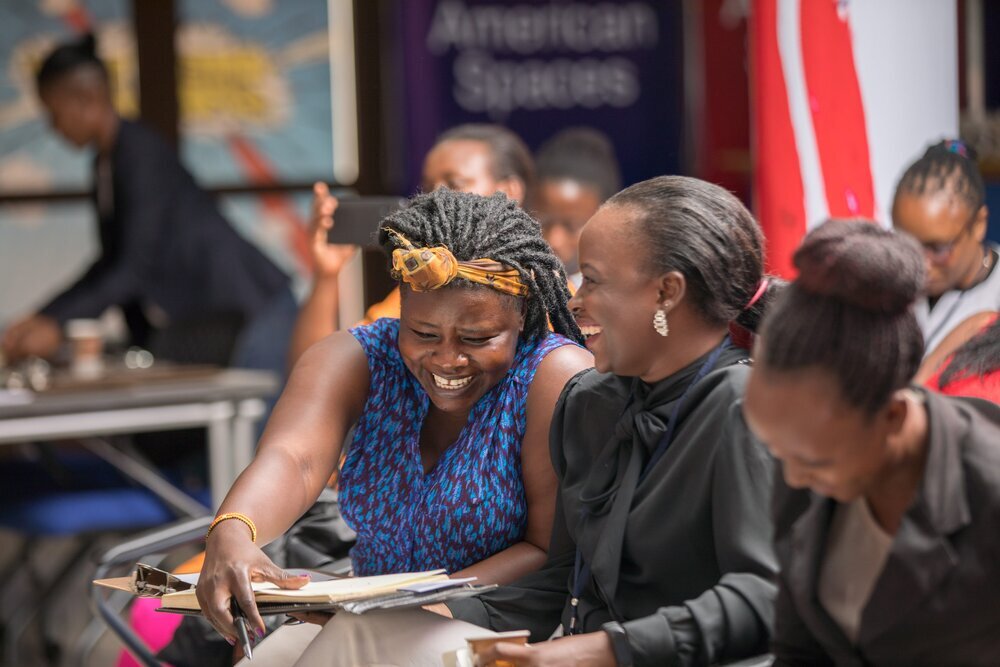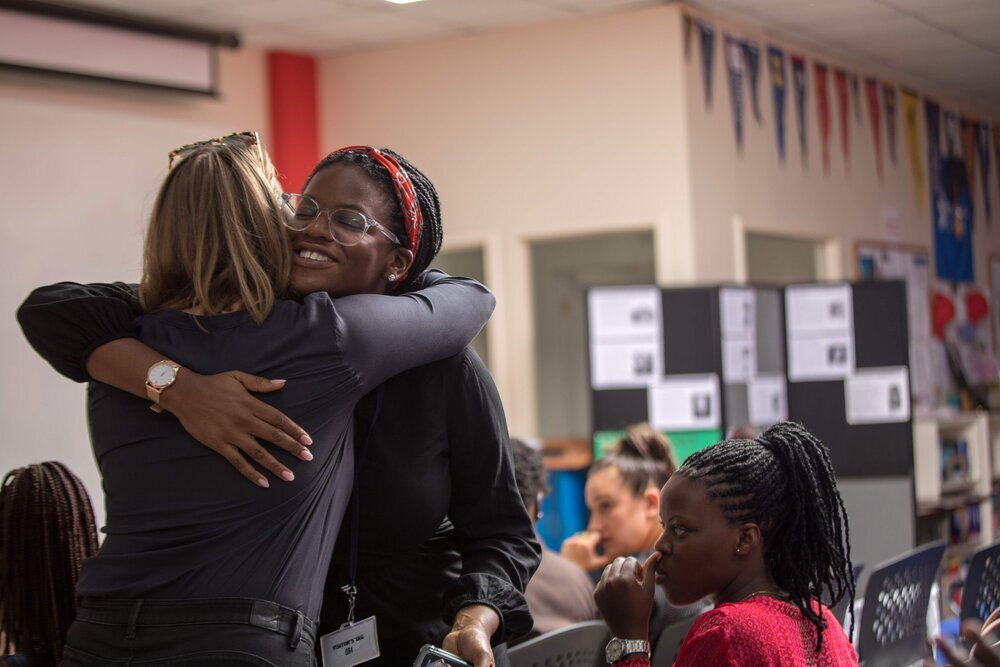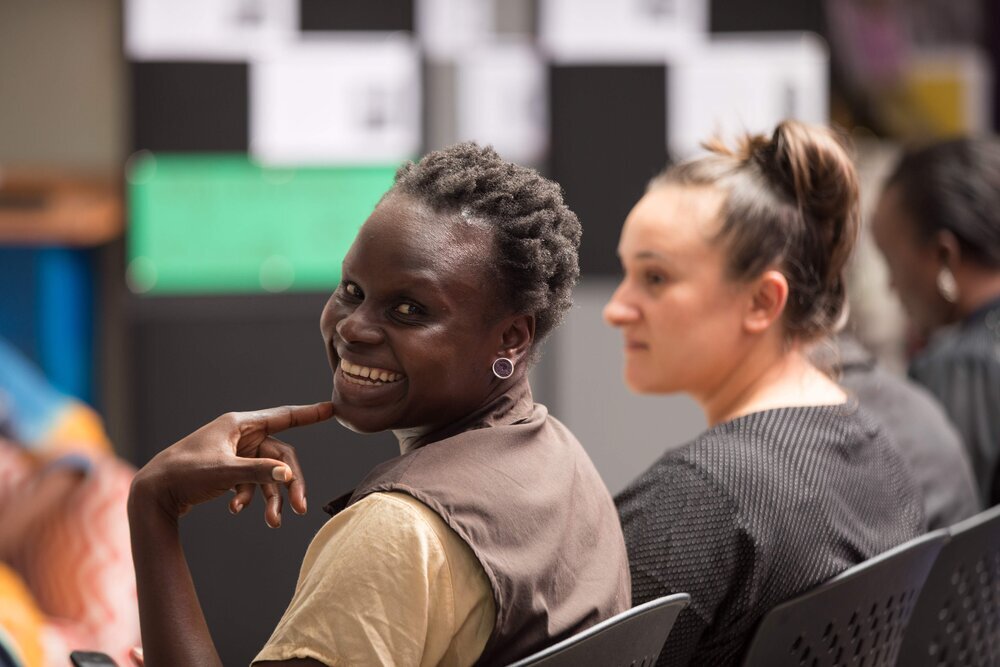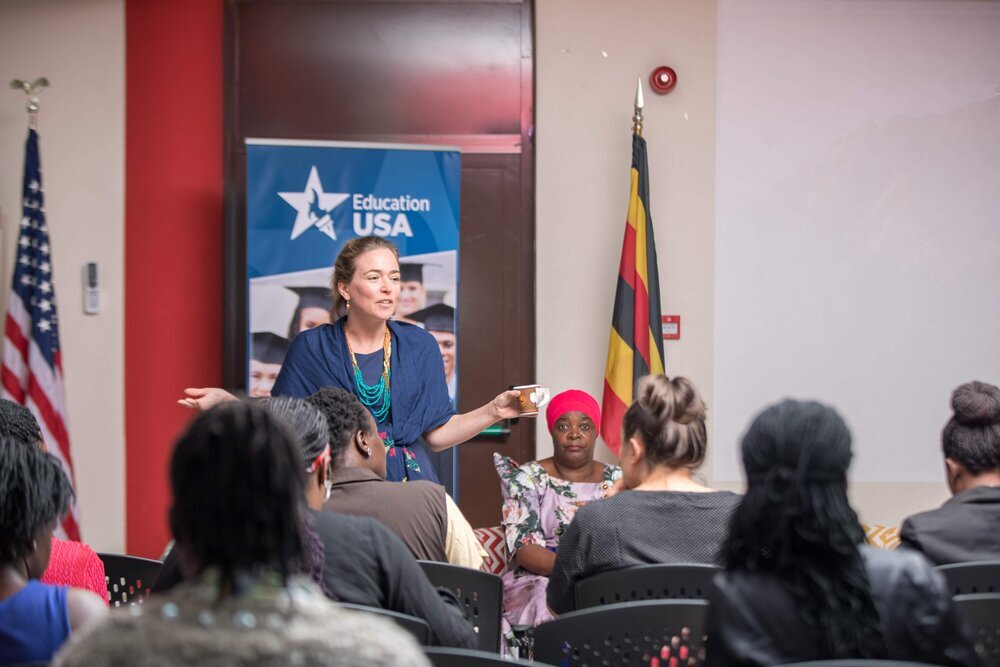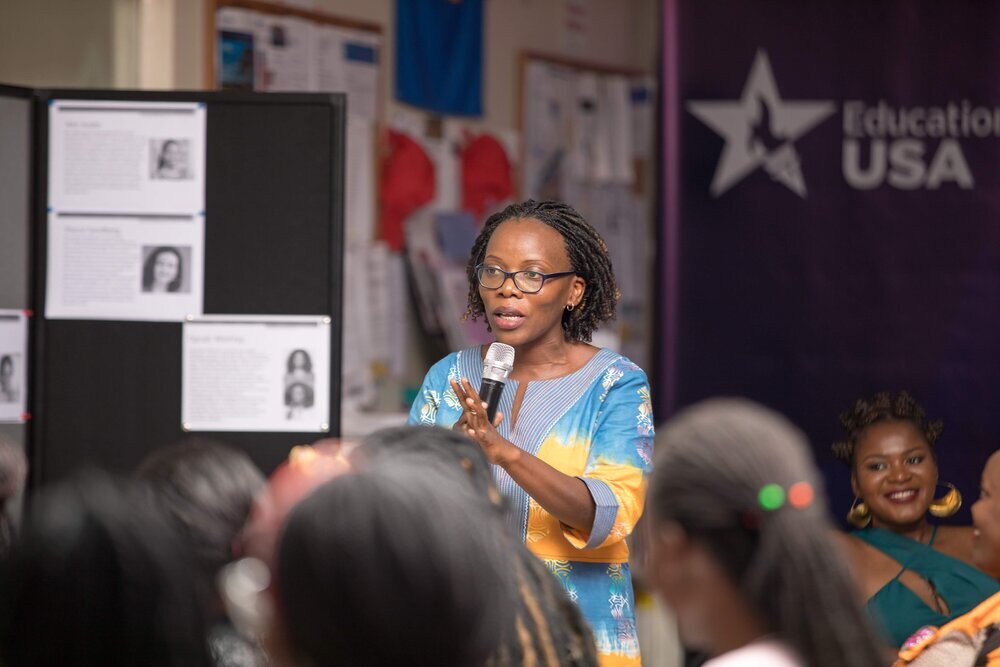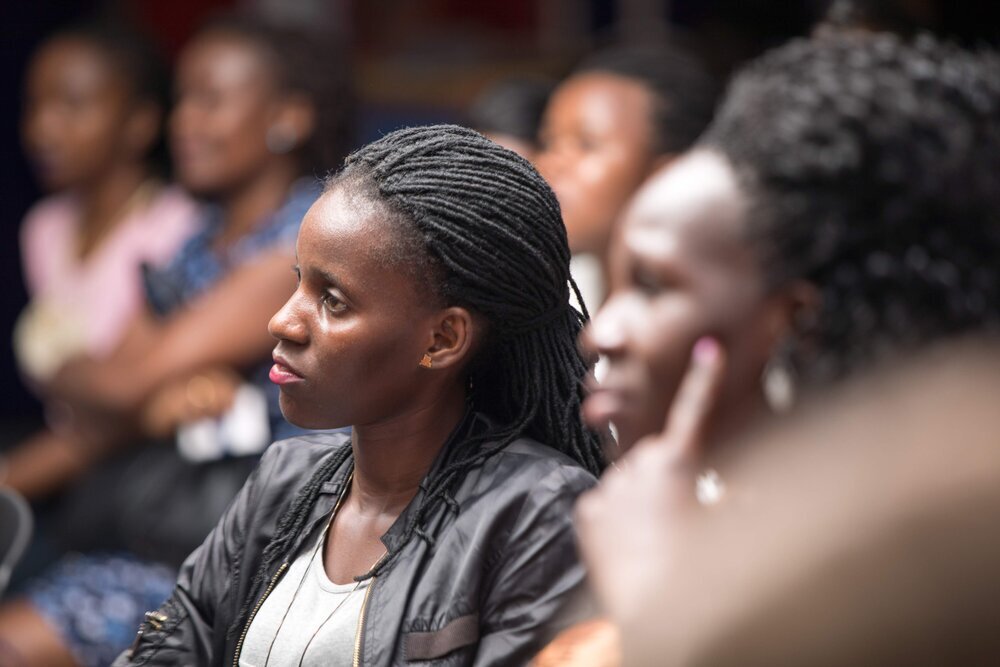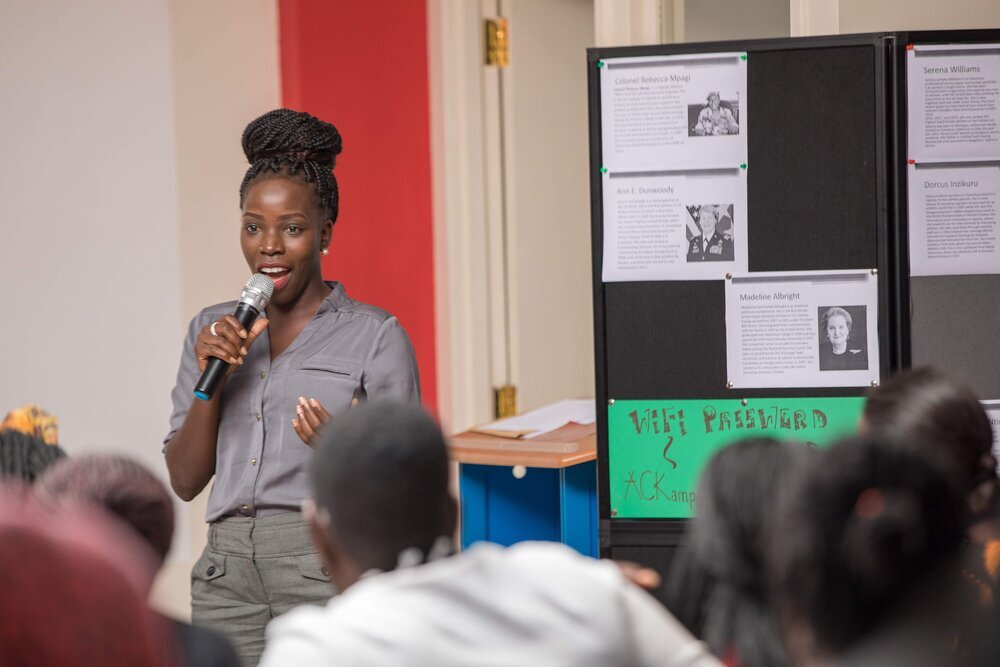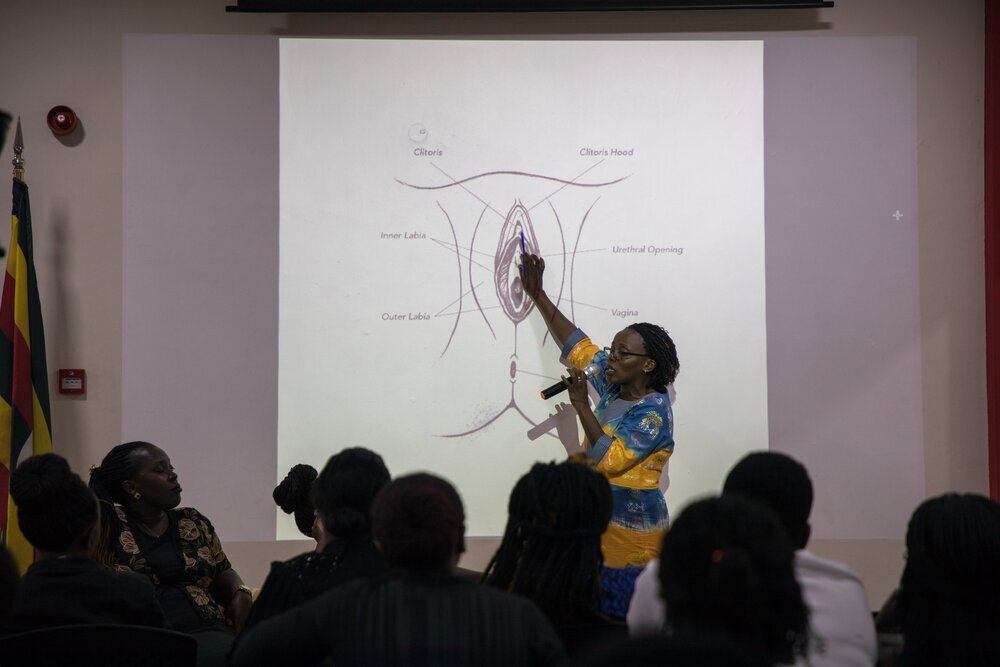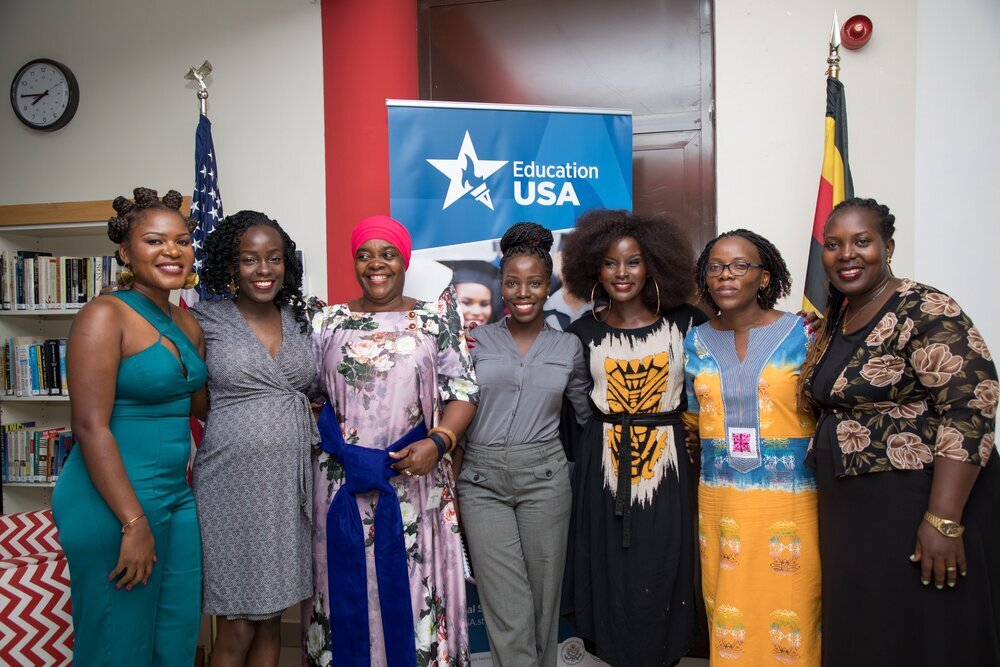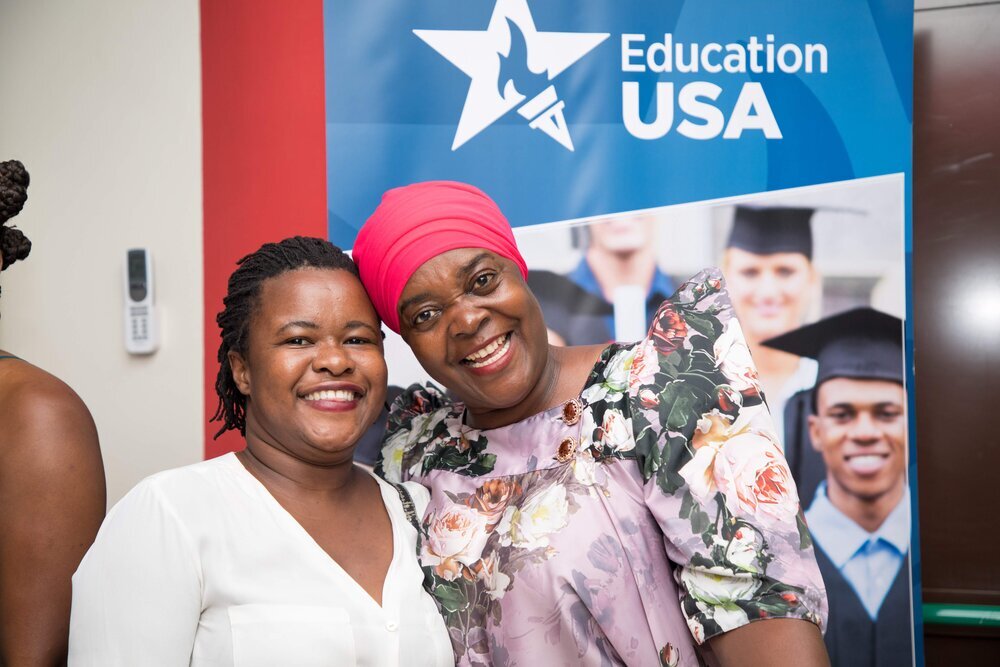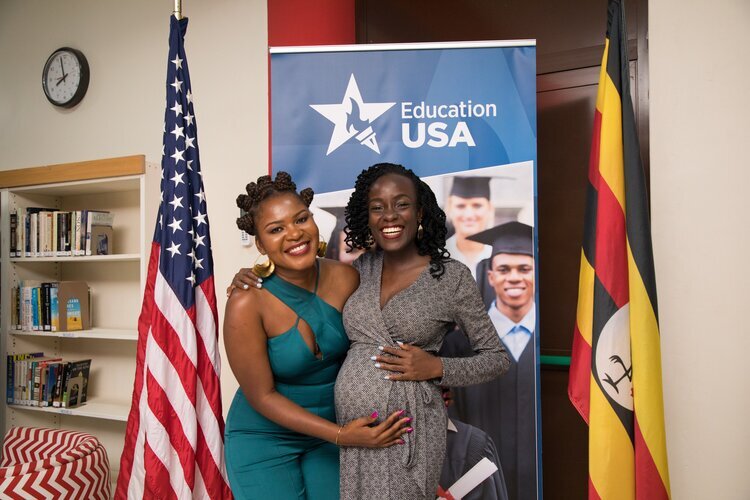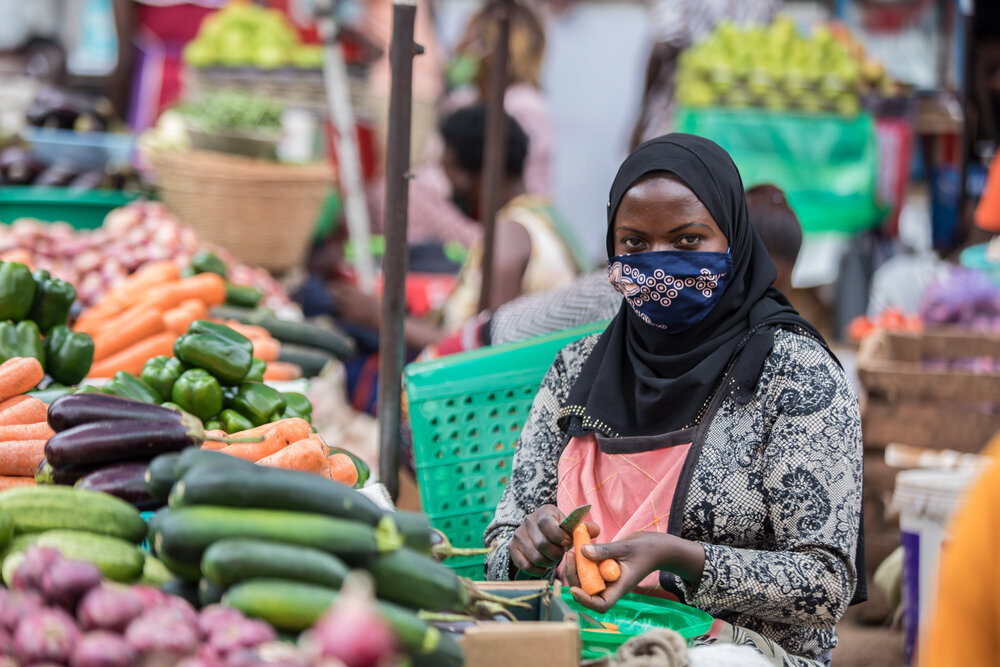Vulvas & Vulnerabilities — An in-depth conversation on women’s reproductive and sexual health
I was 11 years old when I started my period. As if I drew an unlucky hand in a game of poker, this moment found me, of all places, on stage in front of my sixth-grade classmates, the entire school and the hot Ghana sun. I was a prefect in a Christian institution tasked with the daily duty of leading our morning devotion. Like any other day, I led with one of our popular school hymns, “Two Little Clouds”, our young melodic voices reaching the heavens. Without warning, my stomach churned. A new throbbing sensation erupted in my lower abdomen rippling through my legs which turned into instant noodles. As I struggled to stay upright, embarrassment flooded my body forcing my gaze to my feet. My discomfort was written across my forehead, beads of sweat collecting in the crevices of my furrowed eyebrows. Somehow, I managed to hide the panic from everyone except my best friend, Ivy.
Over the years, Ivy and I developed telepathic powers and could detect when something was amiss without words. I mustered my waning energy and exited the stage tailed closely by Ivy. The two of us locked ourselves in the dimly lit bathroom determined to figure out the cause of my pain. To my (then) horror, my underwear was soaked with bright warm blood and the flow showed no signs of stopping. My body betrayed me. Why would it do such a thing without my consent? Ivy, having started her period earlier, assured me everything would be fine, but her words did little to console me. Having no guidance counselor or trusted adult to turn to, I packed my bag and ran home. It would take me about a week before I returned to school.
For many women, the onset of menstruation is a milestone that is often not celebrated and cloaked in secrecy or shame. In my Ghanaian Ewe culture, three things happened when I started my period. One, I was given a new set of waist beads, a representation of my coming of age and the start of my metamorphosis into womanhood. Two, I was told to avoid men at all costs and any action that would draw male attention to my blossoming body. Three, I was instructed that these new waist beads were to only be seen by my future husband. Wait. So let me get this straight. These waist beads are to celebrate me becoming a woman but also for my future husband who belongs to the gender I am supposed to avoid by any means necessary? My 11-year-old mind was even more confused.
At almost 30, I’ve come a long way from where I started on that school stage. I’ve come to learn about menstrual and reproductive health, appreciate and feel empowered by the miracles of a woman’s body. Throughout my travels, I have conversed with women from different cultures about women’s reproductive health and gathered “first period” stories. One woman revealed she was told that having a period meant the gods were angry with you or with a member of your family/community. Another was under the impression that urine and menstrual blood were secreted through the same opening (menstrual blood is expelled through the vaginal opening and urine from the urethral opening). These stories were woven with similar threads of fear, shame, and misinformation. Going deeper, these experiences often informed our relationship with our vaginas, leading many women to distance themselves from anything associated with “down there”. Knowledge is power, especially when it comes to vaginas. But there’s a lot of misinformation and globally vagina conversations are considered taboo. However, we are changing that narrative, one conversation at a time.
In celebration of International Women’s History Month, I organized “Vulvas and Vulnerabilities”, an event focused on women’s reproductive health. My mission was to create a safe space where women could lean in, open up, and discuss their relationship with their bodies, vaginas (or should I say vulvas), pleasure, periods and everything in between. To facilitate the discussion, I assembled a panel of professional sexual health experts, and together with the ever magical Nana Kagga, our moderator, we all connected on a shared belief that women need to take charge of their sexual health and that ownership of our bodies is a birthright. Yes, at times it was uncomfortable as these topics can be emotionally and mentally heavy, but in the end, they expressed a desire for a follow-up event!
On the day of the event, I wore my favorite teal blue jumpsuit paired with gold Fulani earrings, a bold red lip and my crown adorned with Bantu knots, a popular afro hairstyle. Embodying confidence was part of my plan to destigmatize these revolutionary conversations. In an unwavering voice, I broke the ice by asking the attendees to draw a picture of their vaginas. Pretty simple right? Many of them giggled uncomfortably as they drew. I sensed a bit of apprehension in the air. A few women stared blankly into space as if I had asked them to bring me a four-leaf clover. Next, I asked them to draw a picture of a penis. Faces that were once blank now lit up as pencils scratched against their papers. Compared to the vagina, many women drew very “accurate” penis pictures. The point of this exercise was to demonstrate the unfortunate fact that many women have little familiarity with their own vaginas but can easily draw a penis. To further immerse ourselves in the wonderful world of vulvas, we watched a short clip that showed the range in appearances of vulvas. I, along with other women, was surprised by the many shapes, sizes, and colors. Below are some of the highlighted topics we were able to touch on.
Important note: Your vagina and vulva are not the same thing. The vulva is the part outside your vagina that includes the labia, which has two parts: the outermost folds called the labia majora and the innermost folds called the labia minora. The vulva also includes the mounded pubic bone area, the clitoris, and the vaginal and urethra openings. On the other hand, your vagina is that muscular tube on the inside of your body (where penetration - if you’re into that - happens). It starts at your vaginal opening and ends at your cervix (the opening of your uterus).
MYTHS/TABOOS & CULTURAL PRACTICES
We had the rare privilege of having a Senga on our panel. A Senga, is a community aunty who is in charge of initiating young women from adolescence to womanhood. They are popularly known for “pulling”, the practice of elongating the inner lips of the vulva by pulling them over time with local herbs. It was insightful and necessary to have someone discuss cultural conceptions as it relates to female sexuality. The Senga only spoke Luganda, one of the local Ugandan languages. Most of the attendees spoke and understood Luganda, however, we required a translator for the English speakers in the room. There were debates around the practice of “pulling” and whether or not it was voluntary, involuntary or both. In general, the Senga endorsed “pulling” as a tradition that prepared women for marriage and kept their marriages intact. Some women on the panel and in the audience disagreed with her. The disagreement was based on the foundation they felt the traditional practice of pulling was a human’s rights issue, existed to satisfy men and that it is critical to decenter men in the conversation on women’s bodies.
FEMININE HYGIENE
Another noteworthy point of discussion was how to care hygienically for vulvas. There are numerous feminine care products on the market that promise to “balance PH” or leave your vulva smelling like “roses”. Here, most of the panelists endorsed the “water only” method for washing because the vagina is self-cleansing. In the water-only method, warm water is used to gently clean the vulva. On the flip side, some women vehemently disagreed. They argued that traditional methods such as steaming, and/or combating bad bacteria with good bacteria (such as inserting yogurt into the vagina) were highly effective. I observed some of the women who endorsed the use of yogurt for cleaning the vagina were either educated in the West and or had traveled/lived abroad. Terms like, “douching” had to be explained to many of the audience members who had never heard of it. Douching is washing or cleaning out the inside of the vagina with water or other mixtures of fluids. Most douches are sold in stores as prepackaged mixes of water and vinegar, baking soda, or iodine. The mixtures usually come in a bottle or bag. You squirt the douche upward through a tube or nozzle into your vagina. Douching is different from washing the outside of your vulva during a bath or shower as rinsing the outside of your vagina with warm water will not harm you. Douching is generally considered an unsafe practice that can lead to health problems. Most doctors recommend that women do not douche.
SEX EDUCATION
Where and when should sexual education begin? In homes? In schools? Not at all? We briefly discussed the abstinence approach in Ugandan schools, which seemed to divide the room. On the one side, some people believed that abstinence was the only way to ensure that young women were protecting themselves from unwanted pregnancies and sexually transmitted diseases. In fact, abstinence seemed to have worked well during the HIV/AIDs pandemic in Uganda. In response to the rise of the deadly disease, the government organized a fast track campaign known as the ABC method which consisted of “abstinence”, “be faithful” and “use condoms” as a way to curb the spread of HIV in the country. The government partnered with schools, religious institutions, and community centers to promote ABC. Abstinence was primarily targeted at young people to encourage safety. The campaign was effective, helping to drastically reduce the number of HIV cases in the country.
Today, educational and religious institutions continue to encourage women to abstain from sexual practices as a way of avoiding unwanted pregnancies and STDs. But what happens when a young woman is interested in being sexually active or gets pregnant? Some audience members pointed to the fact that contraceptives are rarely discussed as a means of pregnancy and STD prevention. Condoms are popular, but other birth-control methods such as the pill or an IUD are never mentioned as options. What ends up happening is that women who engage in unprotected sex ingest morning-after pills (readily available at pharmacies) as birth control. But it is not a good idea to use the morning-after pill as your regular, go-to method of birth control. This is because The morning-after pill doesn't prevent pregnancy as well as other forms of birth control like the IUD, implant, pill, shot, or ring We shelved this topic as it needed more time for a more in-depth discussion.
FIRST GYNECOLOGY VISIT
We took a poll asking when women first went to see a gynecologist (a physician who specializes in treating diseases of the female reproductive organs and providing well-woman health care that focuses primarily on the reproductive organs). Most of the women in the audience went for the first time in their twenties or thirties. Many went when they were first pregnant and very few went before 18 years old. This was good information as it informs how health workers, educators, governments and other entities work. How can we get them to go to the gynecologist sooner? This is important because a doctor can be a good source of sexual education when the public education system or media information is inadequate. There was some disagreement about how often you should visit a gynecologist. The panel discussed it well. But the deduction is between once and three times a year.
MENSTRUATION
Because the experience of my first period sparked the idea to host this event, I was excited to talk more about menstruation. Most women turned to their mothers when they had their first period. We discussed the use of pads which was common to many. However, some women mentioned the use of cloth in the beginning, and then eventually adapting to using sanitary pads. It was interesting to learn that two women on the panel were raised by their fathers and had a great relationship with them. It was also interesting that both fathers had no idea about menstruation but had to help them through their first time. This furthers the belief that men should be engaged in these discussions or have a talk for fathers only.
MASTURBATION/SELF-PLEASURE
There was mixed commentary from the audience as not everyone was comfortable discussing self-pleasure. One panelist emphasized the significance of engaging in self-pleasure as a way of better knowing her body. She encouraged the audience to also engage in self-pleasure for the same reasons stating understanding yourself sexually is the best way to be able to teach your partners and increase sexual satisfaction. Another panelist, a gynecologist, strongly opposed the use of sex toys and other devices. Two audience members felt like they were being shamed by the gynecologist who called out women for engaging in self-pleasure. The gynecologist claimed to know and side-eye her patients who indulged in the use of sex toys during their routine visits. Given her knowledge and education, they felt like she should have known better. But this debate brought to question the larger discussion of culture and medical practice. On one hand, and as the Senga pointed out, it is culturally considered an abomination to masturbate. However, many of the audience members expected this particular gynecologist (who they felt was more liberal) to counter the Senga's position but she agreed with her and they felt betrayed.
MEN OR NO MEN?
The decision of whether or not to invite men was pondered extensively. Taking into consideration the culture in Uganda and the venue of the US Embassy Plaza, it was prudent to reduce the risk of discomfort and potential controversy. We also considered what would lead to the best outcome as it related to our objectives, which to reiterate, was to create a safe space for women to discuss women’s sexual health topics.
It’s true what they say; time really flies when you’re having fun, or, in our case, when you’re discussing all things vulvas! So we ran out of time with a handful of unanswered questions that prompted a request for a part two or series.
My personal takeaways from Vulva + Vulnerabilities:
I appreciated the varying perspectives communicated by the panelists and audience members. Everyone came into the space with an open mind and fully participated by listening and offering their thoughts. The Senga made a lot of valid points and quite frankly, some of the things she addressed (i.e how to clean the vulva) weren’t far off from what the gynecologists recommended. Vulvas + Vulnerabilities solidified the importance of creating spaces for women to discuss all things women’s health-related. What is important is to arm women with knowledge so they make informed decisions on what they want to do with their bodies.
Lastly, for future events, I will find a more homey space to hold a conversation. So next time I envision a local cafe or restaurant with delicious bites. Food is another great way to invite more open dialogue!






